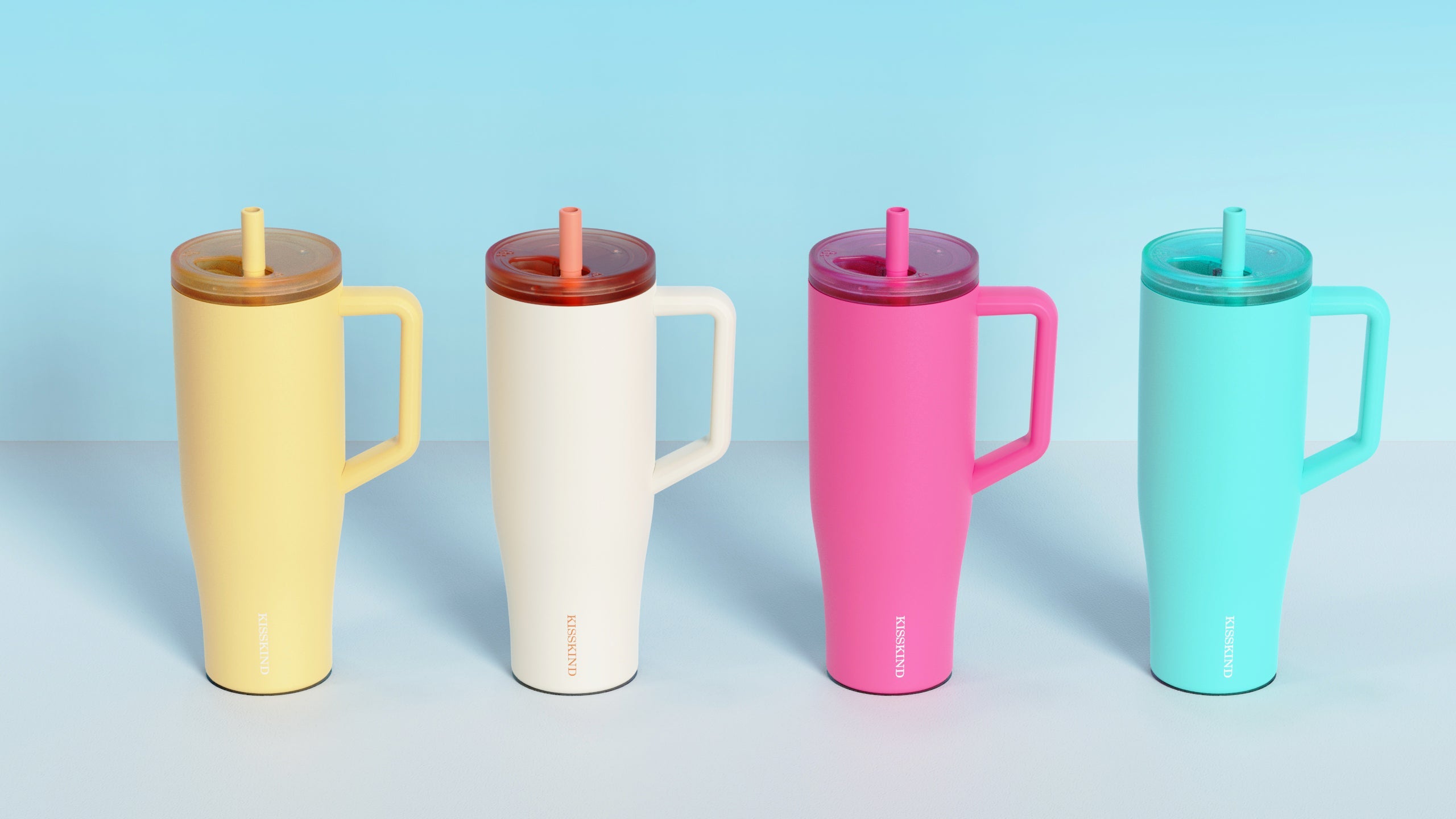Starting a ketogenic diet means rethinking not just your food choices, but your hydration strategy too. Because keto reduces carbohydrate intake, your body stores less glycogen—and with it, less water. That’s why staying properly hydrated is essential for avoiding fatigue, headaches, and muscle cramps during your low-carb journey.
Why Hydration Is Different on Keto
Carbs help your body retain water. When you cut carbs, your kidneys flush out more sodium and water, leading to faster fluid loss. This can cause dehydration symptoms even if you're drinking what used to be a “normal” amount of water.
How Much Water Should You Drink?
There’s no one-size-fits-all answer, but here are general guidelines for keto hydration:
- Baseline: Aim for 2.5 to 3.5 liters (85–120 oz) of water daily
- Active lifestyle: Add 0.5–1 liter (17–34 oz) for workouts or hot climates
- Electrolytes: Include sodium, potassium, and magnesium to support hydration
Signs You’re Not Drinking Enough
- Dry mouth or bad breath
- Fatigue or dizziness
- Muscle cramps or headaches
- Dark yellow urine or infrequent urination
Best Practices for Keto Hydration
- Start your day with water: Rehydrate after sleep
- Use a large bottle: Track intake with 32 oz or 40 oz bottles
- Add electrolytes: Use keto-friendly supplements or salt
- Drink consistently: Don’t wait until you’re thirsty
Popular Bottle Sizes for Keto Hydration
| Bottle Size | Ounces | Liters | Use Case |
|---|---|---|---|
| Standard | 16 oz | 0.47 L | Quick hydration, short trips |
| Medium | 32 oz | 0.95 L | Daily tracking, office use |
| Large | 40 oz | 1.18 L | Keto hydration goal, gym |
Conclusion
On keto, hydration isn’t optional—it’s foundational. By drinking enough water and balancing electrolytes, you’ll feel better, perform better, and avoid common low-carb side effects. Use the converter below to match your bottle size to your hydration goals and stay on track.
🔄 Convierte onzas, litros, mililitros y más con precisión:



